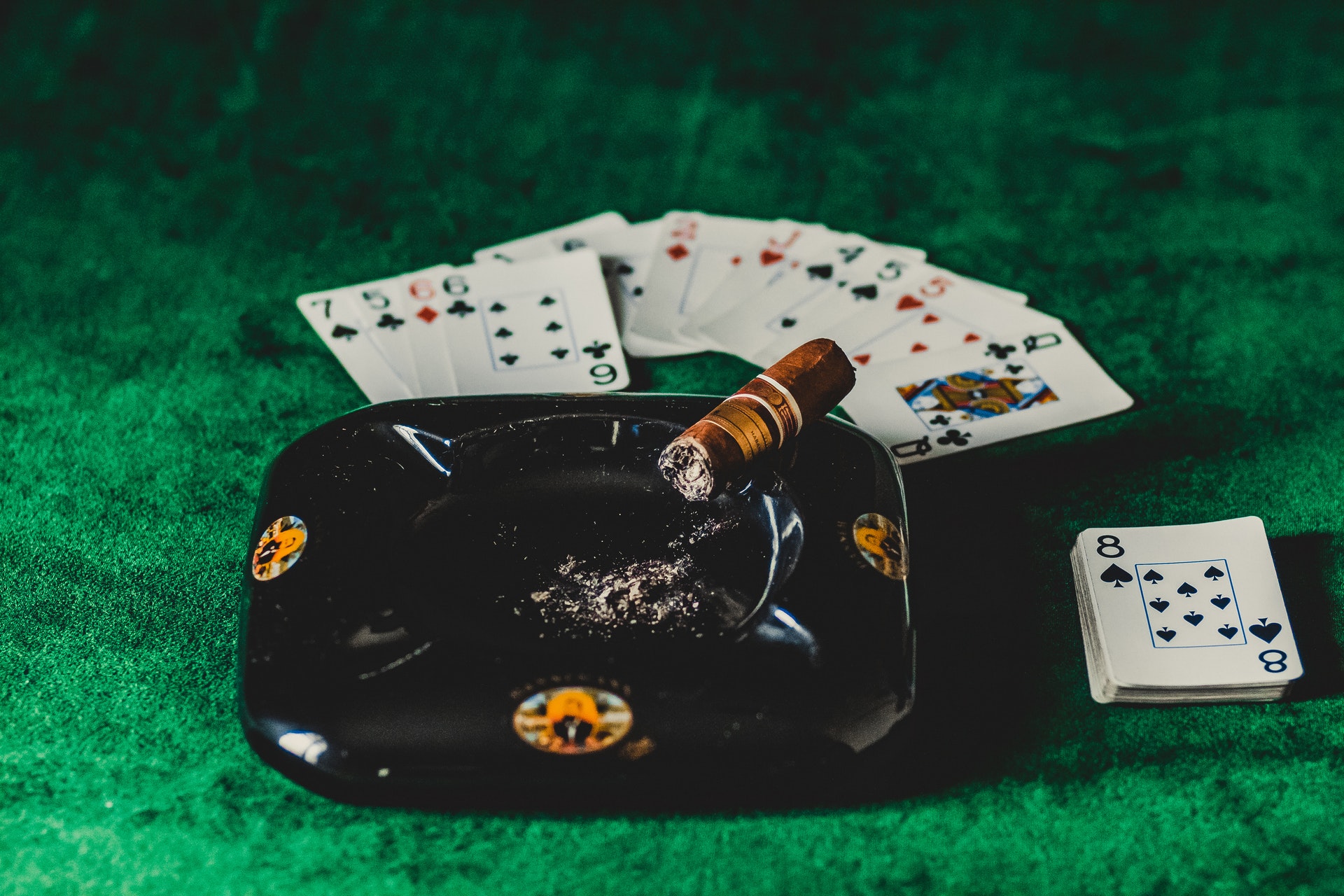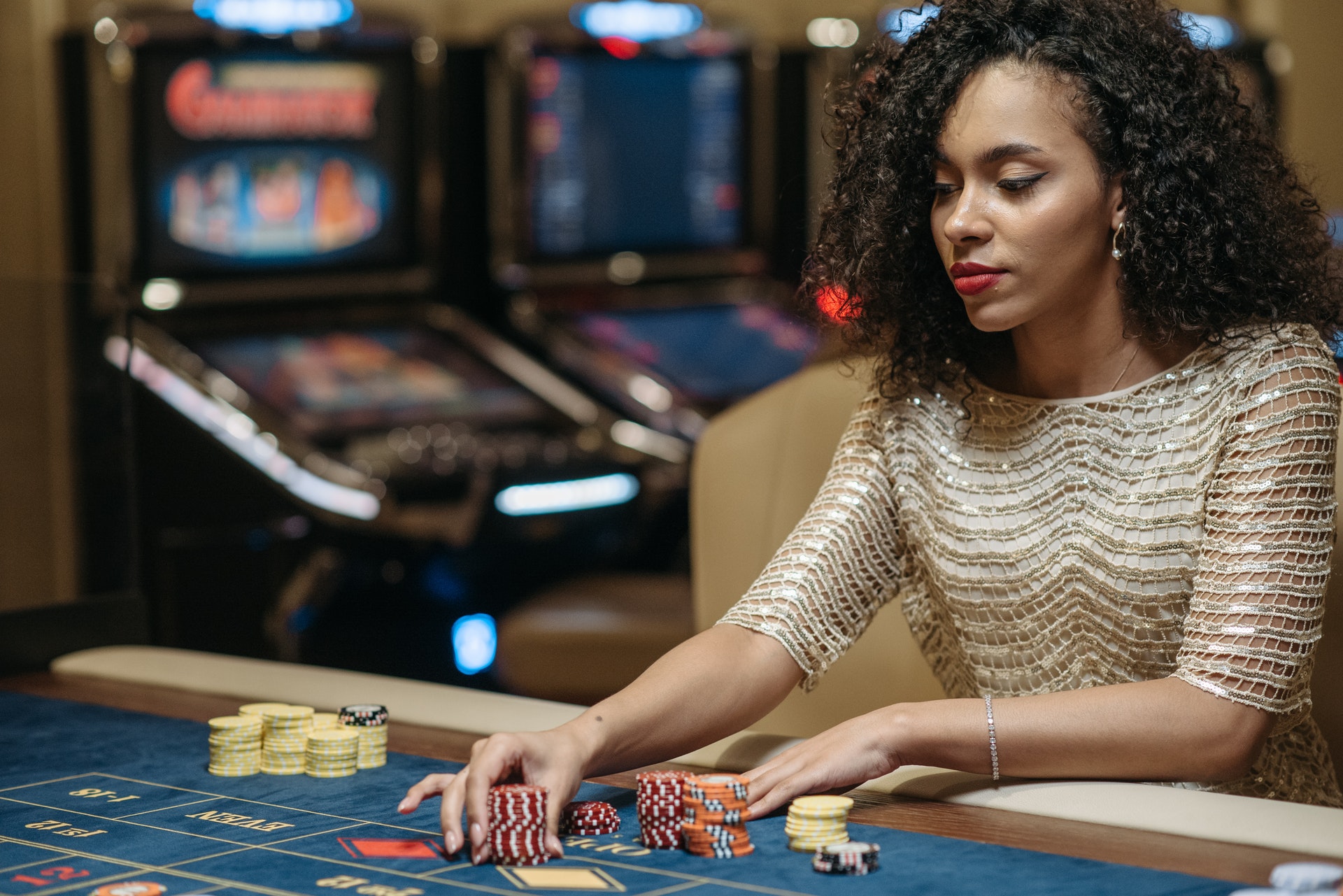
When it comes to blackjack, far too many people appear to take Winston Churchill’s impassioned speech to heart, with a never surrender credo.
While never surrendering is a powerful principle in times of war or personal adversity, it can increase rather than decrease the house edge in blackjack.
So, if surrendering can be beneficial at times, when should you do it? And how do you do it?
We’ve got you covered with all the information you need to know about when to surrender in all types of blackjack. Use these blackjack strategies to increase your chances of winning at your favorite casino game.
If you want to learn more than just surrendering, we also have a more in-depth blackjack strategy guide here.
In blackjack, what does it mean to surrender?
When you surrender at blackjack, you give up your hand after the initial deal if you don’t think you have a good chance of winning.
Instead of playing the hopeless hand and losing your entire bet, you’ll keep half of your original wager. You preserve your chips for when the cards are on your side, rather than going down swinging. It’s vital to approach blackjack as an endurance game rather than hoping to win significant money on a single hand.
Unlike hitting or standing, most dealers prefer to utilize verbal cues rather than hand gestures to indicate that you intend to surrender at physical blackjack tables. When playing online blackjack, you’ll see buttons to click or press to access the various options, including surrender if it’s available.
Blackjack early surrender strategy
Early surrender is a rule that is less common in both online and offline casinos. Because it allows you to get out of the hand before the dealer checks for blackjack, it’s the mildest form of surrender.
When you choose to surrender early against an ace or a ten, your return to player rate increases by 0.39 percent and 0.24 percent, respectively, given that most blackjack odds are against a house edge of less than 1%, these enhancements can have a significant impact on your entire gameplay and chances.
However, most casinos that allow early surrender will offset it with other restrictions that increase the house edge.
If your game allows it, an excellent blackjack strategy is to resign when the dealer has an ace, and you have one of the following hands:
5-7 difficult
12-17 difficult
3s, 6s, 7s, or 8s in a pair. You should resign with a team of 2s if the dealer hits on soft 17.
You should also surrender if you’re up against a dealer 10 with:
Hard 14-16 Pair of 7s or 8s, unless the 8s are in a single deck blackjack game where you can double after splitting.
Depending on the blackjack you’re playing, there are some significant exceptions to these blackjack techniques. If you have 4+10 or 5+9 and play single deck blackjack, don’t surrender to the dealer’s ten. In double deck blackjack, if you have a 4+10, don’t surrender to a ten.
Blackjack strategy for late surrender
Late surrender, a more prevalent regulation at many blackjack tables, indicates that you can only surrender your hand and lose half your stake after the dealer checks for blackjack.
The best blackjack strategy for late surrender differs depending on the rules you’re using and the number of decks you’re using. Except if you’re dealt a 17 and the dealer is showing an Ace and hits on soft 17, or if you’re playing single deck blackjack and have a 10+7, in which case you should resign.
If you’re dealt a 14, your options are as follows:
Surrender to a dealer’s 10 in single-deck blackjack.
In single-deck blackjack, surrender with 7+7 versus the dealer’s ace if the dealer hits a soft 17.
If you’re dealt a 15, you’re in luck.
If the dealer has an ace, surrender in single or double deck blackjack, and hit on soft 17 if your hand is 9+6 or 10+5.
If your hand is a 9+6 or 10+5 in games with 1-6 decks of cards, surrender to the dealer’s 10.
Always yield to 10 and aces when the dealer strikes on soft 17 with 4-8 tiers.
When you’re dealt a 16:
Surrender to a dealer’s 10 or ace in single or double deck blackjack.
Submission to a dealer’s 9, 10, or authority with four or more decks.
Only surrender to an ace if you’re dealt 8+8 in a game where the dealer hits on soft 17. If a double following a split isn’t permitted,
Why should you give up? (and other blackjack tips)
The most crucial thing to remember when it comes to blackjack strategy is that the game’s purpose is to beat the dealer. While striking 21 is excellent and offers you the highest chance of winning, winning blackjack strategies are all about beating the dealer’s hand.
That’s why the dealer’s display and the rules for hitting or standing on soft 17 are of primary relevance.
As a result, surrendering might be a crucial part of your blackjack strategy. It’s far better to surrender a hand and go on to the next one than to burn through your chips playing each one if your hand is unlikely to defeat the dealers.
Sure, not playing a hand might be aggravating, but blackjack is more about making the most of your gaming session than about taking enormous risks and reaping massive gains from a single hand. It’s crucial to stick to a winning blackjack strategy that lowers the house edge on each hand, giving you a better chance of winning when you’re done.
Don’t worry; most blackjack tables move swiftly, whether you’re playing online or at a traditional casino. You won’t lose out on all the action just because you surrendered this hand; the next hand is usually dealt with within a minute or two, depending on how many other players are at the table.





